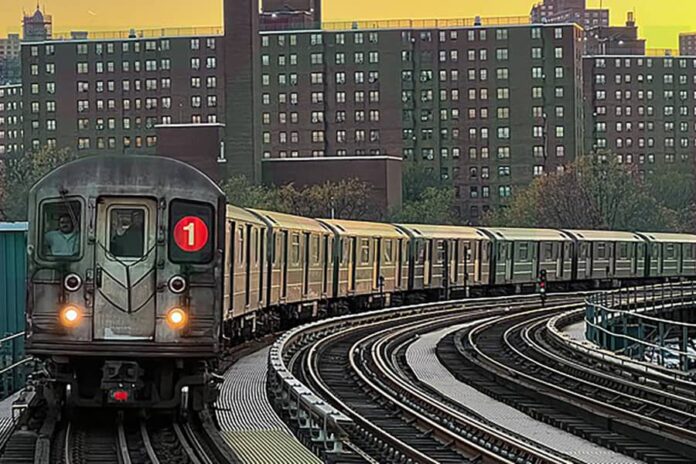On Sunday, the subway system in New York City marks its 120th anniversary. Over the years, it has undergone significant transformations, evolving from wooden low-voltage train cars without air conditioning to models equipped with ceiling fans, culminating in the sleek R211 cars we see today—quite a journey since October 27, 1904.
The Interboro Rapid Transit (IRT) was inaugurated with much celebration and ceremony at City Hall. Spanning nine miles and featuring 28 stations, this development marked a pivotal change for New York, according to Concetta Bencivenga, the director of the New York Transit Museum.
According to Jodi Shapiro, curator at the New York Transit Museum, individuals are no longer required to reside and work in the same areas. The subway offers a much quicker commute of about 15-20 minutes to workplaces, compared to the longer travel times of 30 to 45 minutes by streetcar.
The New York Transit Museum showcases the rich history of the subway, which is integral to New York City’s past, highlighting details such as the meticulously designed mosaics.
Shapiro explained that a movement known as City Beautiful emerged from the idea that providing residents with an aesthetically pleasing and artistically enriched urban environment would inspire them to act more positively and responsibly as citizens.
The anniversary celebration features a new exhibit titled The Subway Is.
According to Shapiro, there are around seven or eight different ways to finish that sentence. For instance, one might say the subway represents its riders, it showcases remarkable engineering, or it is in a constant state of evolution.
Although many things have changed, some stayed the same.
Certain construction techniques remain unchanged, such as cut and cover and drill and blast. A significant technological innovation in this field is the tunnel boring machine. According to Shapiro, prior to the advent of these machines, all tunneling work was performed manually.
The exhibit also looks at how the subway expanded, once being three systems, the IRT — which are now the numbered lines — the BMT — Brooklyn Manhattan Transportation Company — and the city-owned independent system, which are now the lettered lines.
In 1940, the city came together, leading to the establishment of New York City Transit in 1953, which coincided with the introduction of the famous token.
According to Shapiro, the token was created as a solution to the fare hike to 15 cents, as they needed a method for collecting this amount without designing turnstiles that could handle two different types of coins.
As the subway system has expanded, it has also transformed the city’s scenery.
Generally, it’s important to recognize that the subway not only transports you from one location to another but also contributes to the development of new areas. Entire communities have emerged as a result of subway expansions, with Hudson Yards being one of the latest examples, according to Bencivenga.
The Subway Is will continue throughout next year, encouraging everyone to complete the phrase about what the subway means to them.

